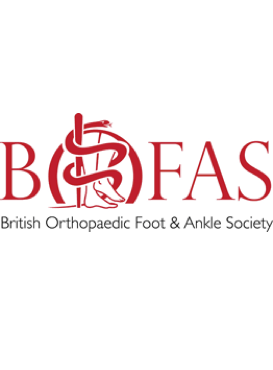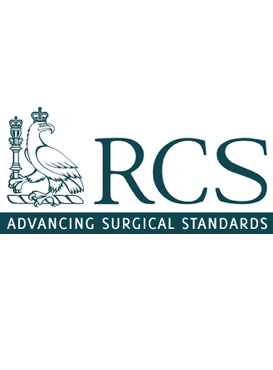Risks of Surgery
What are the Risks of my Foot & Ankle Surgery
It is important that you understand the potential risks as well the proposed benefits of any treatment you and your surgeon agree to. The decision to undergo any surgery involves carefully weighing the risks against the benefits. Your surgeon will spend time outlining the expected benefits and these risks. The aims and advantages of any surgery will be explained as well as the impact on you of any possible unforeseen problems.
Most risks in surgery can be reduced. However, we cannot guarantee that you will not have any problems.
Thankfully most complications are short lived or are easily treatable; but rarer and more significant complications can and do occur. If you are unfortunate enough to suffer a severe complication, there is a very small risk that you will be worse off than you were before surgery.
Consequently, you should understand that the surgery we have offered you is only an option and that doing nothing about your problem, or continuing with the treatments already tried, is always a choice you have.
Some of the risks of any surgery will be specific to you and your proposed operation; but there are risks and side effects that can occur in almost all surgery to varying degrees. We shall try to explain these here, and of course, if you have any further concerns or questions please discuss these further with your surgeon.
Infection
Skin is a natural barrier to infection so anything that breaks this, from a graze in the garden to major surgery, puts you at some risk of infection. The level of risk depends on a wide range of factors relating to both the surgery and your health. Whilst we cannot entirely prevent infection during surgery we do take steps to reduce this risk as much as possible. If you are unfortunate enough to suffer an infection, the vast majority are thankfully fairly minor and just require a week or so of antibiotic tablets to clear everything up. Rarely, the infection can be more serious and may require an admission to hospital or further surgery.
The scar
Whenever we cut skin, the body heals the wound by forming scar tissue. Scars around the foot and ankle tend to heal nicely, but occasionally you may be left with noticeable scars. This tends to happen if something interferes with the skin healing, such as infection or excessive swelling. Moisturising and massaging healed scars, as well as avoid sun burn on them, will help soften any scar. There is also deep scar in the wound that can make a joint stiff. Our surgeons use “Minimally Invasive Techniques” which creates the smallest possible scar.
Nerve damage
Around the foot and ankle there are many large and small nerves that supply feeling to the skin. Our surgeons are experts in the anatomy of the foot but occasionally nerves do get damaged during surgery. Damage to a nerve can cause an area of numbness which most patients are not too troubled by. Occasionally nerve damage can also lead to troublesome pain or a tender scar. Most nerve symptoms improve over time but some can be permanent. Rarely the nerve damage can be bizarre and complex, with pain, stiffness, abnormal sweating and over sensitivity on a small area or region.
Blood clots in your leg
Any surgery that slows down your walking probably carrys a risk of the development of a blood clot in your leg, known as deep vein thrombosis or DVT. In exceptionally rare situations a blood clot can spread to the lungs and be fatal. Thankfully the risk of blood clots in your leg following most foot surgery is very low. To reduce this chance, we recommend measures such as a stocking on your other leg and getting you up and moving straight after surgery. However, in certain larger procedures, especially those requiring a plaster cast afterwards, or if you have had a clot before, the risk is enough to warrant using a drug to reduce that risk. This mostly takes the form of a daily injection that you will be taught to give yourself.
Need for further surgery
To achieve the best possible outcome a further operation may be required, especially if you have had a complication. Once an operation has successfully relieved the problem that you first came to see us about, unfortunately a new problem can arise in one of the many structures nearby in the foot, which may need further treatment. The commonest second operation we do is to remove a little screw, which has become noticeable under the skin after the swelling has gone down. The screw was needed to help the bone heal correctly, but one year after surgery it can be removed in a small operation as a day case.
Contact Us
There are many ways to book an appointment at the Cotswold Foot & Ankle Clinic. This may be a referral from either your GP, Hospital Consultant, Chartered Physiotherapist or Podiatrist.
For insured patients you will need to contact your insurance provider. If self-funding you may make a direct referral, but we prefer if you contact your GP, so they can inform us of your medical background.
OUR CONSULTANTS MR BROWN AND MR CLINT ARE MEMBERS OF




OUR LOCATIONS
Cheltenham Hospital, Nuffield Health
Cheltenham GL51 6SY
The Manor Hospital, Nuffield Health
Oxford OX3 7RP
CONTACT US
01242 246 559
admin@cotswoldfootandankle.co.uk
© Cotswold Foot & Ankle Clinic 2020 | PRIVACY POLICY